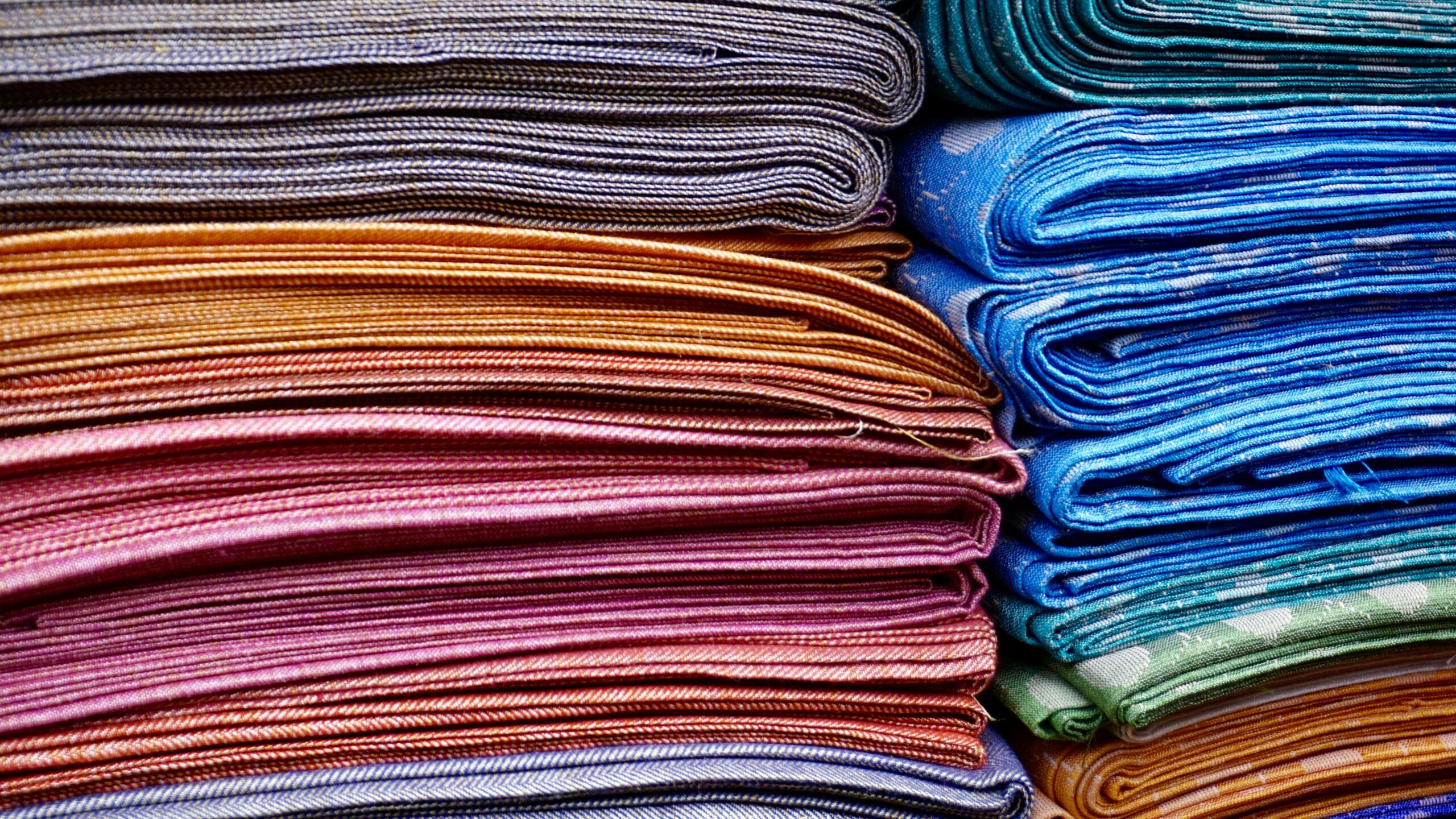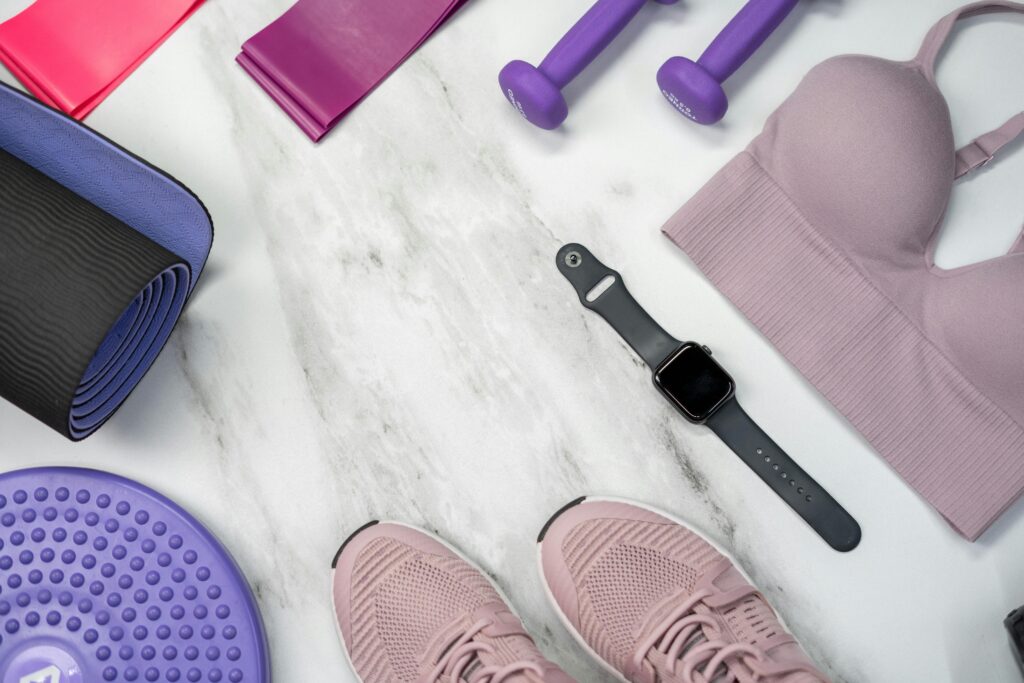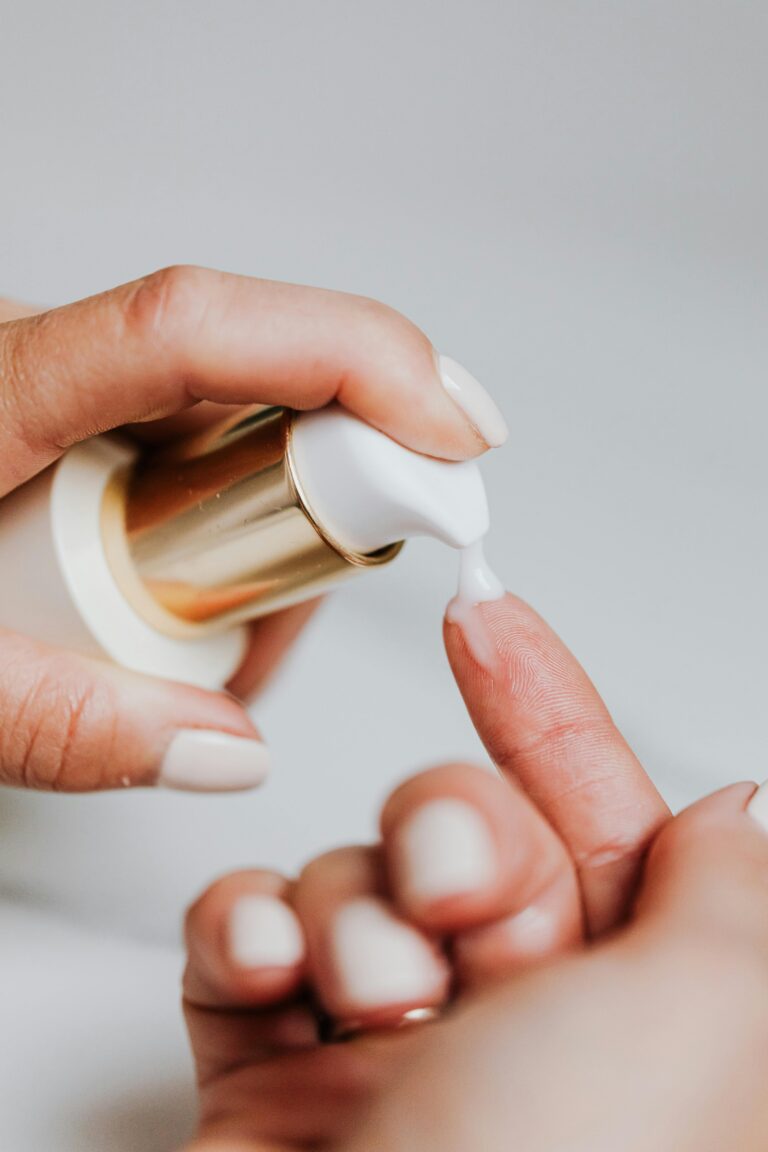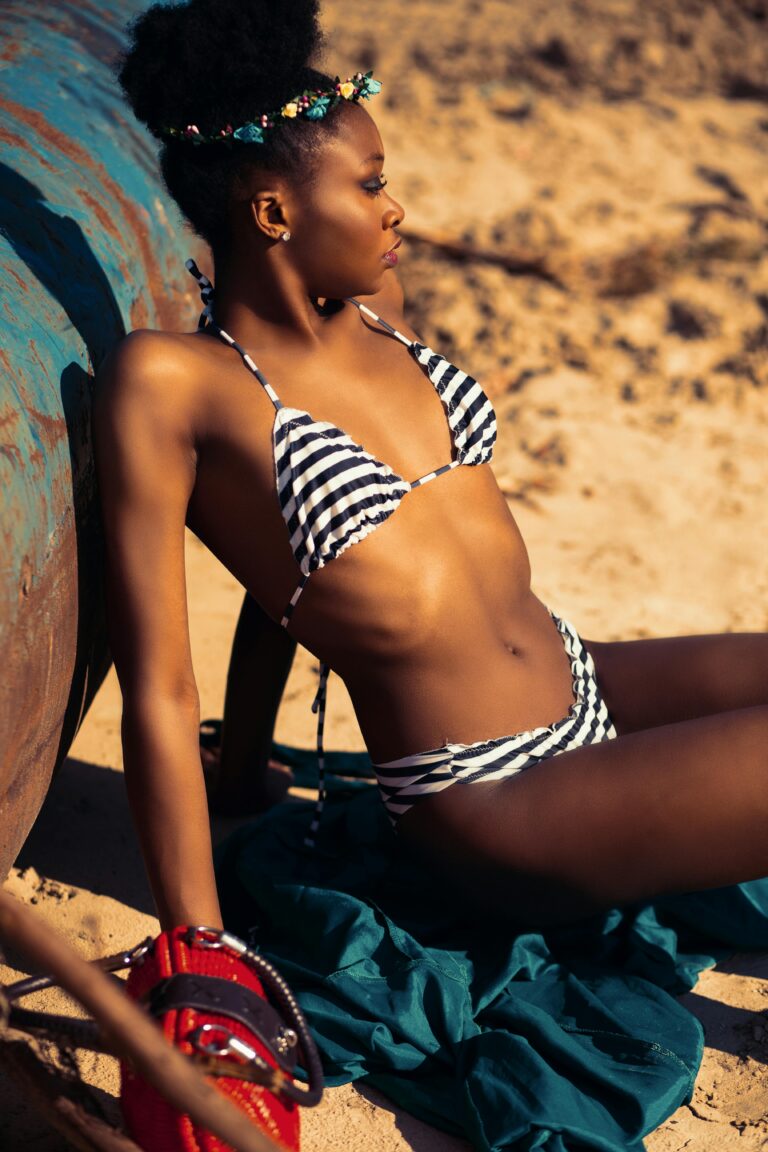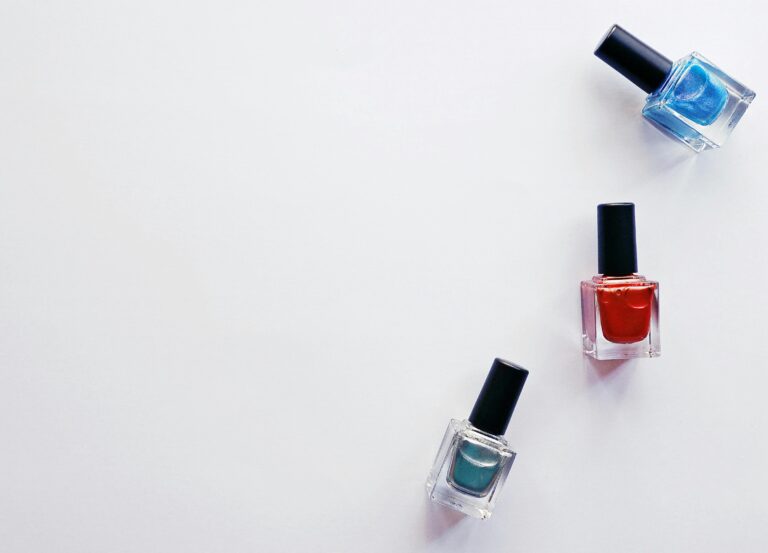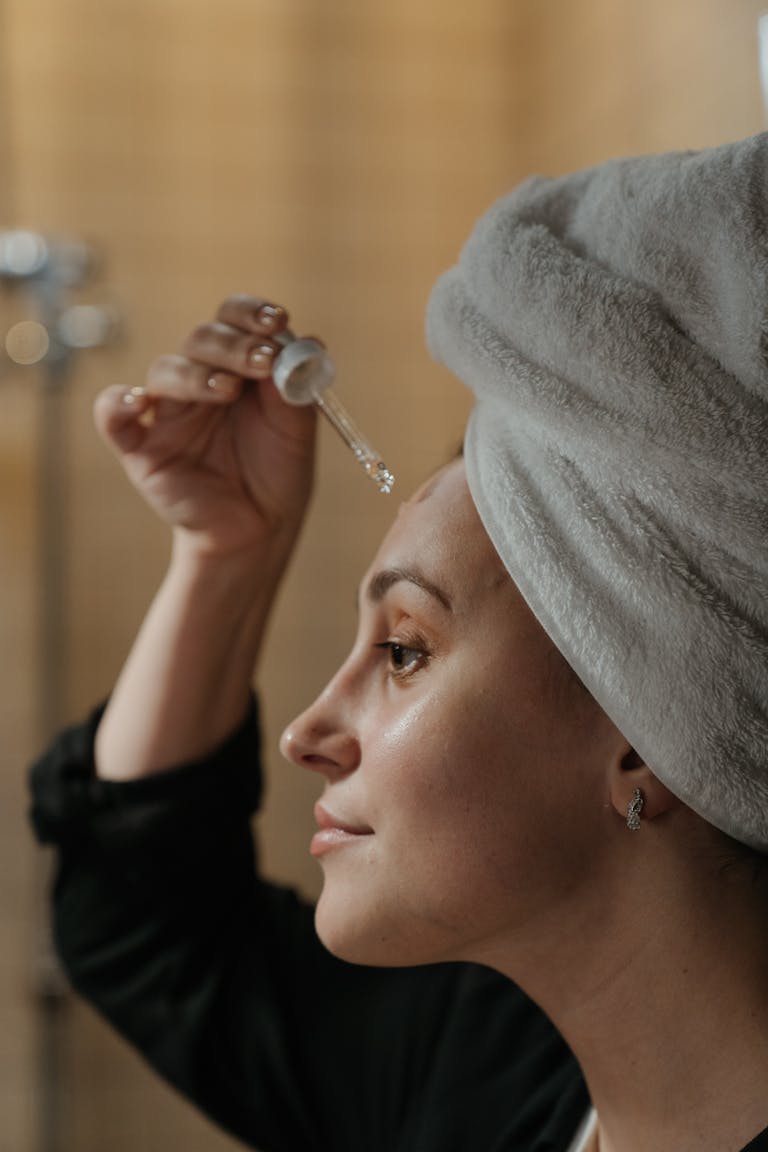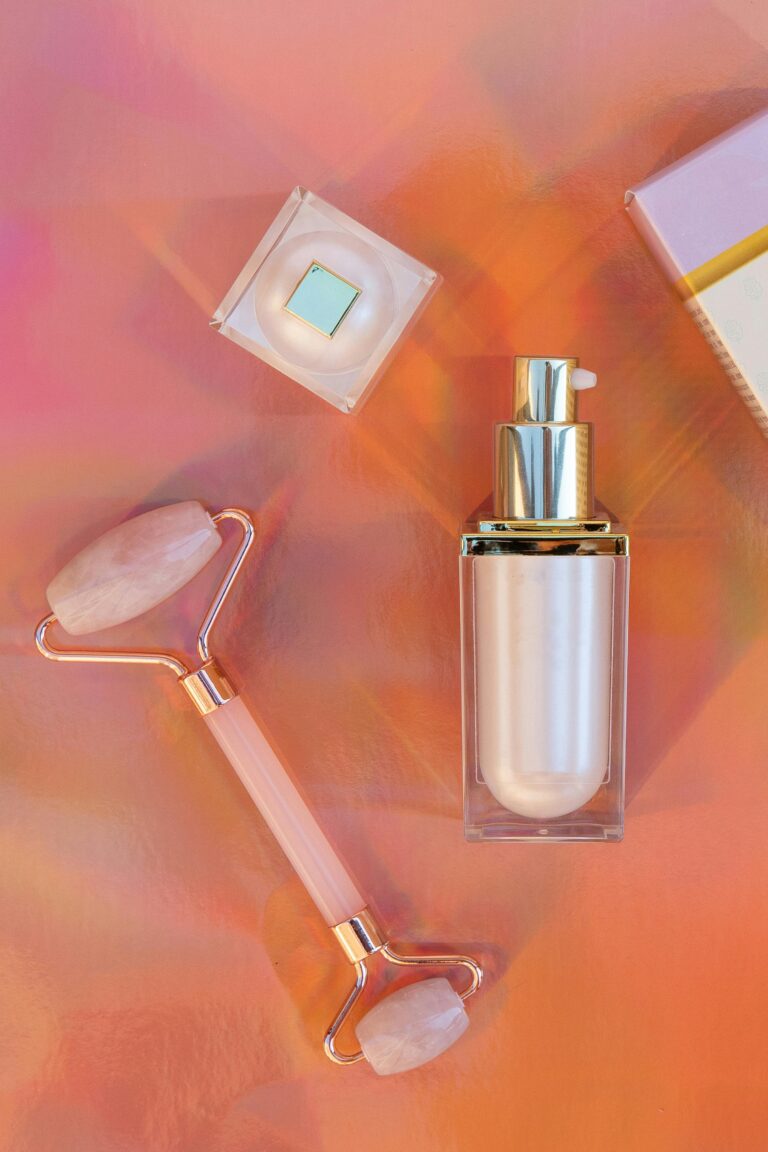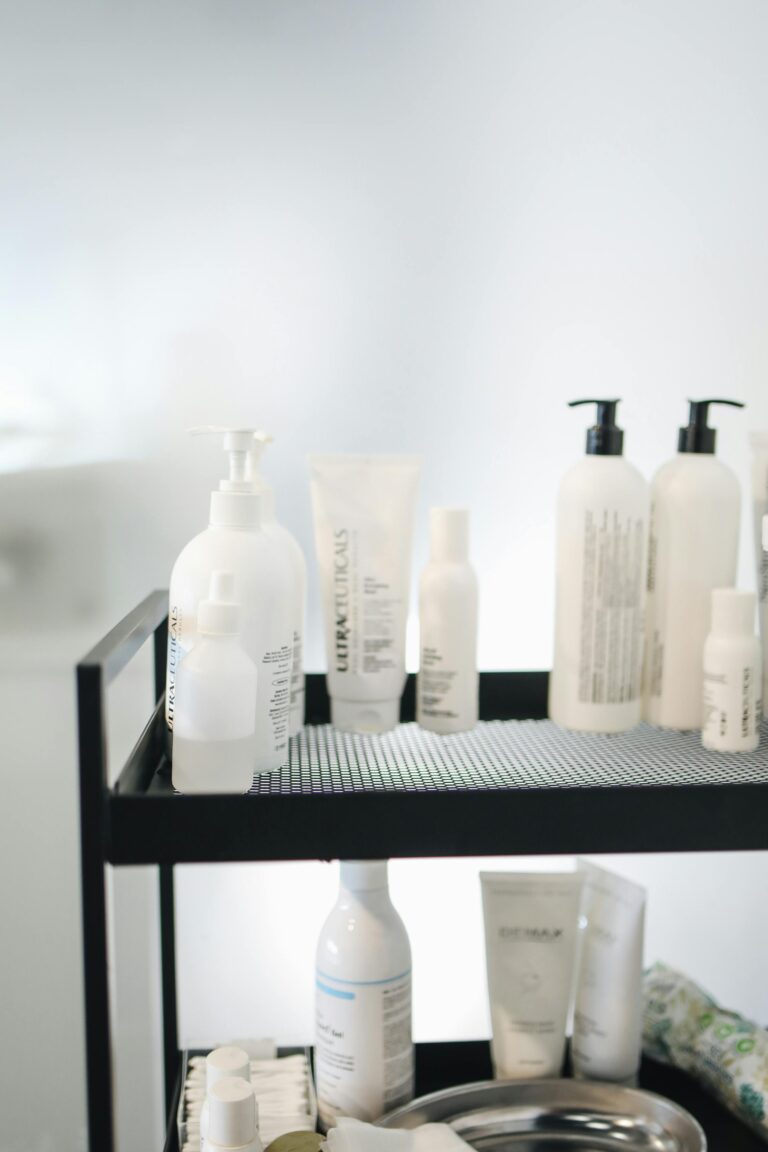Silk vs. Satin: What’s Best for Hair, Skin, and Beauty Sleep?
If you’ve ever woken up with frizzy hair or mysterious creases on your face, your pillowcase might be the culprit. The debate between silk and satin is more than just a matter of luxury – it’s about choosing the right fabric to protect your hair and skin. But genuine high-grade silk is expensive and brands sometimes try to cut corners by promoting satin (polyester), hoping consumers won’t know the difference. So, let’s delve into the differences and help you make the most informed decision.
Silk vs. Satin: Clearing the Confusion
Silk and satin are often used interchangeably, but they are far from the same. Many brands market “silky” products that are actually made of polyester satin, leading to confusion among shoppers. While both fabrics have a smooth, glossy appearance, their quality, feel, and longevity differ significantly.
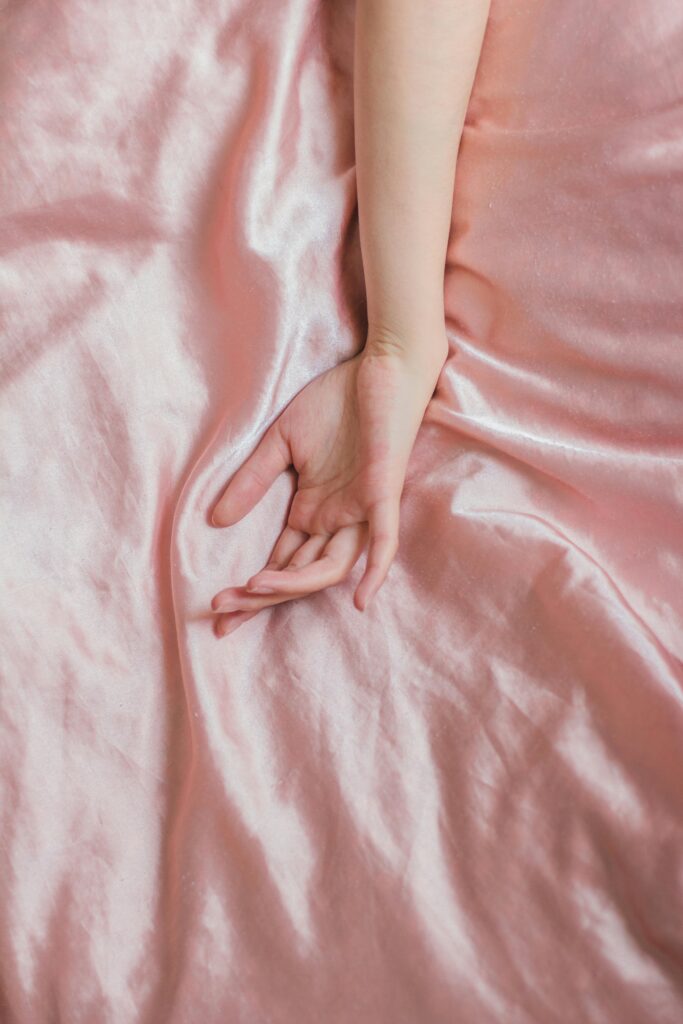
So, What Is Silk?
Silk is a natural protein fiber produced by silkworms, traditionally prized for its softness, breathability, and luxe feel. It’s been used in everything from royal gowns to ancient medical dressings. Because it’s labor-intensive to produce, silk is one of the most expensive textiles on the market.
Pros of Silk
- Naturally breathable and moisture-wicking
- Hypoallergenic and gentle on the skin
- Temperature-regulating (e.i., cool in summer, warm in winter)
- Soft and smooth with a natural sheen
- Long-lasting when properly cared for
Cons of Silk
- Expensive
- Requires delicate care (hand wash or dry clean only)
- Prone to staining and snags
How to Tell If Silk Is High-Quality
Like most fabrics, even genuine silk comes in different tiers when it comes to quality. There are four types of silk, according to MayfairSilk. These four include Eri Silk, Muga Silk, Tussar Silk, and Mulberry Silk. There are less popular types of silk, but Mulberry Silk is broadly recognized as the highest quality and is the most covetable due to its long fiber size.
Mulberry Silk is “graded” in 11 different grades to determine quality. Grade A is the highest quality of silk with long strands and color free from impurities. Grade A is divided into 6 different varieties (Grade A6, A5, A4, A3, A2, A1), with Grade A6 being the most high quality. Less than 1-3% of the world’s silk meets Grade 6A standards, meaning that if you want the highest of quality, you are going to pay a luxury price.
Grades B and C are the next luxurious respectively, characterized by a rougher texture and lacking the premium shine that Grade A possesses.
When purchasing silk, either for clothing or for pillowcases, look for 100% silk at mulberry grade. Reputable sources will boast about the high quality of the fabric, whereas others will provide little details on their websites.
To tell if your silk pillowcase is genuine, rub your hand across the fabric. Real silk is completely smooth to the touch with a luminosity (this is different from shine).
What Is Satin?
Satin is not a material, but a weave that creates a glossy surface with a dull back. This weave is traditionally made from polyester or nylon (though it can be made from silk) and the glossy finish is a trick of the threads, not the fiber. Most cheap satin is polyester or acetate due to its low production cost and high profit margin. Polyester satin mimics the look of silk but lacks its natural benefits.
Pros of Satin
- More affordable than silk
- Easy to maintain (machine washable)
- Has a smooth, shiny finish
Cons of Satin
- Not as breathable as silk and traps heat
- Less durable, prone to fraying over time
- Can feel slippery rather than soft
- Static-prone and can cling to body
Silk vs. Satin: A Side-by-Side Comparison
| Feature | Silk | Satin (Polyester) |
|---|---|---|
| Material | Natural fiber (silkworms) | Synthetic (polyester, acetate) |
| Breathability | Highly breathable, moisture-wicking | Traps heat, not moisture-wicking |
| Texture | Soft, smooth, natural sheen | Glossy, often slippery |
| Durability | Long-lasting with proper care | Wears down faster, prone to fraying |
| Skin & Hair Benefits | Reduces frizz, prevents wrinkles | Less effective, may cause static |
| Care | Hand wash or dry clean only | Machine washable, easy to maintain |
| Cost | Expensive ($100+ for quality pieces) | Affordable ($20 – $50) |
Silk vs. Satin: Why the Fabric of Your Pillowcase Matters
Because your pillowcase touches your face and hair for 6-8 hours a night – that’s a third of your life. If the surface of your pillow is rough, porous, or absorbent, it can:
- Strip moisture from your hair and skin
- Create friction that leads to breakage and frizz
- Tug at your face that deepen fine lines over time

Smooth fabrics reduce that friction. But how they do it – and how well they do it – depends on the material.
Silk vs. Satin: Hair
If you wake up with tangles, split ends, or that triangle shaped puff of doom, your pillowcase may be sabotaging your strands.
Silk is the gold standard for hair because it’s naturally smooth, moisture-retaining, and breathable. It doesn’t create static, it doesn’t suck up your leave-in products, and it doesn’t rough up the cuticle. For curly, oily, and color-treated hair, that can be a game changer.
Satin, when made from polyester, offers some of those same benefits – namely reduced friction – but it doesn’t have silk’s breathability. That can trap heat and sweat overnight, especially if you’re prone to greasy scalp or sleep hot (hello, bacteria).
Silk vs. Satin: Skin
I wish I could tell you that swapping your pillowcase for silk will erase your wrinkles or replace your retinoids. Unfortunately, that’s not the case – but, whereas silk can help lessen damage over time, the wrong fabric can make things worse.
Silk is naturally hypoallergenic and less absorbent than cotton. That means it’s less likely to pull your moisturizer off your face or harbor dust mites (yikes), making it ideal for sensitive or acne-prone skin. It also feels cooler to the touch, which can soothe inflammation and reduce night sweats.
Satin, again, is a mixed bag. Some synthetic satins can trap heat or irritated already inflamed skin. Others perform beautifully. But unless the satin is made from silk (and most aren’t), it won’t match the breathability or antimicrobial properties of the real thing.
Final Thoughts
Sometimes the small choices in our routines are the ones that quietly shift everything. Swapping out your pillowcase might not feel like much, but for many, it’s the gateway to healthier hair, calmer skin, and finally waking up looking like you slept well.
Whether you go with silk or satin, the point is this: you deserve fabrics that work for you – not against you.
Do you use silk pillowcases? Let me know your experience!

